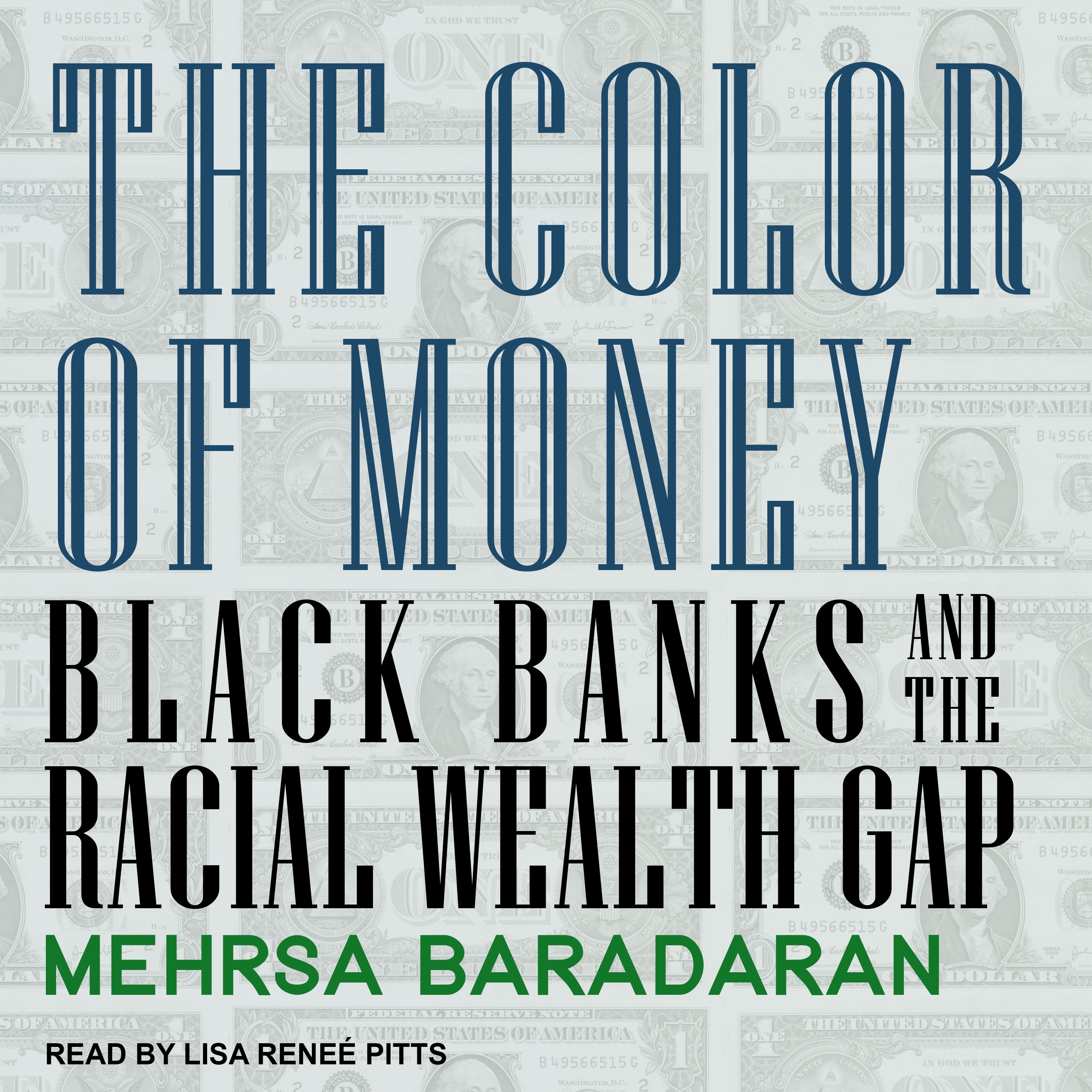
The Color of Money
Read by
Lisa Reneé Pitts
Release:
09/26/2017
Release:
09/26/2017
Release:
09/26/2017
Release:
09/26/2017
Runtime:
15h 11m
Runtime:
15h 11m
Runtime:
15h 11m
Unabridged
Quantity:
Baradaran's brilliant and devastating analysis leads to an irrefutable conclusion: the racial wealth gap is the product of state law and public policy, and will only be reversed when the same governmental tools that created segregation and discrimination are deployed to end it.
Beryl Satter, author of Family Properties
When the Emancipation Proclamation was signed in 1863, the black community owned less than one percent of the United States’ total wealth. More than 150 years later, that number has barely budged. The Color of Money pursues the persistence of this racial wealth gap by focusing on the generators of wealth in the black community: black banks.
The catch-22 of black banking is that the very institutions needed to help communities escape the deep poverty caused by discrimination and segregation inevitably became victims of that same poverty. Not only could black banks not “control the black dollar” due to the dynamics of bank depositing and lending but they drained black capital into white banks, leaving the black economy with the scraps.
Mehrsa Baradaran challenges the long-standing notion that black banking and community self-help is the solution to the racial wealth gap. These initiatives have functioned as a potent political decoy to avoid more fundamental reforms and racial redress. Examining the fruits of past policies and the operation of banking in a segregated economy, she makes clear that only bolder, more realistic views of banking’s relation to black communities will end the cycle of poverty and promote black wealth.
The catch-22 of black banking is that the very institutions needed to help communities escape the deep poverty caused by discrimination and segregation inevitably became victims of that same poverty. Not only could black banks not “control the black dollar” due to the dynamics of bank depositing and lending but they drained black capital into white banks, leaving the black economy with the scraps.
Mehrsa Baradaran challenges the long-standing notion that black banking and community self-help is the solution to the racial wealth gap. These initiatives have functioned as a potent political decoy to avoid more fundamental reforms and racial redress. Examining the fruits of past policies and the operation of banking in a segregated economy, she makes clear that only bolder, more realistic views of banking’s relation to black communities will end the cycle of poverty and promote black wealth.
Release:
2017-09-26
2017-09-26
2017-09-26
2017-09-26
Runtime:
Runtime:
Runtime:
Runtime:
15h 11m
15h 11m
15h 11m
15h 11m
Format:
audio
audio
audio
audio
Weight:
0.0 lb
1.15 lb
0.5 lb
1.18 lb
Language:
English
ISBN:
9781541484856
9781665246248
9781665246255
9781541414853
Publisher:
Tantor
Tantor
Tantor
Tantor
Praise
